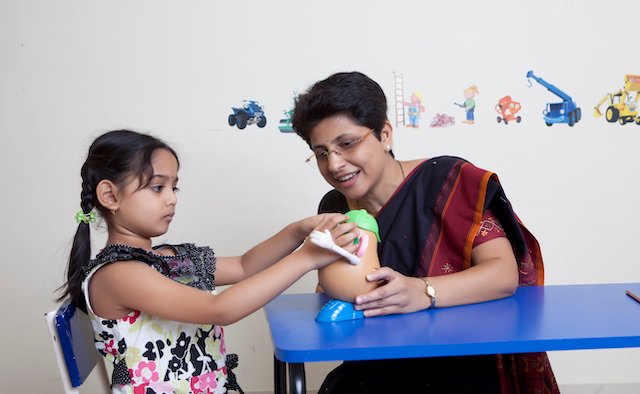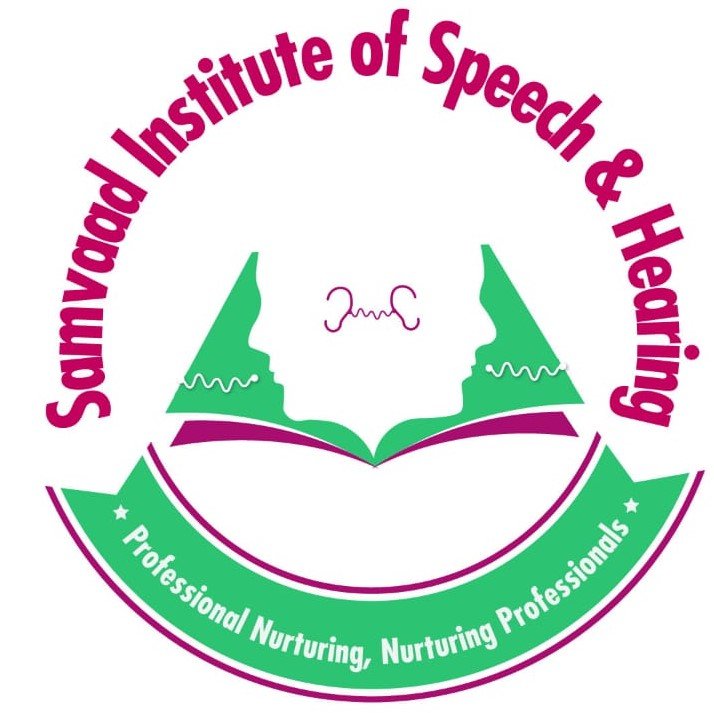Mispronunciation
Mispronunciation
Baby talk gradually leads to an adult-like speech in children by four years. However, some children continue to make errors in their speech beyond four years. Speech therapy is very effective in treating mispronunciation of words like “tho” for “shoe” or “thar” for “car” “wabbit” for “rabbit.”

The different types of speech disorders are:
- Phonological disorders –
are errors that are not consistent in speech and show a rule-based error rather than an error in a particular sound. For example, the child will omit the first sound of every word irrespective of the alphabet. - Apraxia –
is a complex disorder that explains the difficulty of sound production and not just a particular sound. The symptoms of Apraxia are the vowels are more distorted besides the consonants, single syllables are easier than words with multiple syllables and the child speaks in a monotone. - Articulation disorders –
are the errors in speech sound, generally consonants, are either distorted, omitted, substituted or added. For example, “balloo” for balloon, is an omission error and saying “that” for cat is a substitution error.
Frequently Asked Questions
The decision to identify if a child needs therapy should be decided after consulting an SLP. We recommend consulting an SLP between the age of 3 to 4 years. The earlier the reason for the mispronunciations is identified, the results will be better.
Speech errors can occur for many reasons, such as impaired hearing, developmental delay, cleft lip and palate, a phonological processing disorder. Most commonly, children who mispronounce sounds will have no other associated problems.
During a speech assessment, the SLP will collect a speech sample by showing pictures to a child, and the speech sample is then analyzed for the type of errors and the pattern of errors.
Yes, a lisp is a mispronunciation of the “s” sound, in which there is an error in the tongue position. Speech therapy aimed at correction of the tongue position solves the problem.
The success rate is good for children with articulation and phonological problems and results can be seen within a few weeks. However, for children with apraxia, therapy takes upto a few months to show progress.
